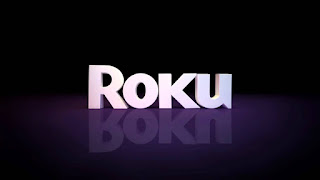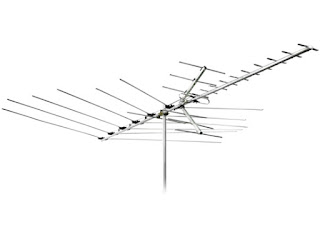When it comes to cutting the cord, many believe it's a good idea to have an antenna for over the air channels. I'm one of those that believe that. However, I'm also aware that it may not always be easy to put up an antenna. Power lines are dangerous, running cable can be difficult, and paying someone to do it can be expensive. But does that rule out the possibility of having an antenna? No it doesn't.
Some people have good success with an indoor antenna. They're small, and are easy to install. Well, mostly.
Part of the installation process is to install it where it picks up the most channels. If the location of the antenna doesn't pick up channels, then it's not good location. Sometimes, it's trial and error. But there's a step you should try before you get an antenna.
There are Websites that can assist in determining where the nearest stations are, and how far away the stations are located. An indoor antenna doesn't have the range of an outdoor antenna, so if the towers are very far away, an indoor antenna won't do the job. But how do you know for sure?
The only way to be absolutely certain is to try one. But, that can be a lot of work that you can avoid. Those Websites I mentioned? Go to one, or more, and search based on your location. One good one is actually the FCC Website: https://www.fcc.gov/media/engineering/dtvmaps
This example shows what someone at Fort Stewart would find if they searched the FCC Website for nearby stations. In this example, the closest station is 20 miles away. There is actually a tower that's closer, but it's a different direction. It's the public TV tower in Pembroke. The image is showing the major broadcast networks. They're 20 miles or more from Fort Stewart.
Will an indoor antenna work in this example? Maybe. But maybe not. You may find an indoor antenna claiming it will work for a large number of miles. I'm not saying the claims are false, but I am saying don't be surprised if it doesn't work. 20 miles may be close enough, and a good indoor antenna may indeed cover that distance. Environmental factors may interfere, but there's one other factor to consider.
Not all channels operate on the frequency you might think. In this example, notice the Band entry. That's important.
In this example, the stations are in the UHF or High VHF bands. So what are they?
Low VHF is the range of channels 2-6. High VHF is the range of channels 7-13. UHF is the band of channels 14 and above.
Notice, however, that WSAV, channel 3, is listed as UHF. But we just said that channel 3 is Low VHF. What's up with that?
As it turns out, not every channel is on the actual channel for which they identify. WSAV, for example, was indeed channel 3 and a Low VHF station for years. However, the channel repacking had stations moving to different actual channels. WSAV moved to channel 16, but kept the channel 3 identifier.
What that means is if you scan for the channels, you'll find WSAV channel 3. But it's actually channel 16. But on your TV, you'll go to channel 3. Because that's how it works.
So, when you go to get an antenna, it's a good idea to know what frequency bands you'll need. Not all antennae pick up all bands. If the antenna doesn't say on the box or in the description, it's probably UHF only. And that may or may not pick up the channels you want.
So, to recap, if you want to use and indoor antenna, you need to first find what stations are in range. You need to be skeptical of any range claims by an antenna manufacturer. (Some are reliable, but many make BS claims.) You need to know what bands you need, and the antenna needs to support those bands.
You know, all this should be easy. But then, a lot of things should be easy. Instead, things are sometimes complicated. But if you can sort through it all, an antenna may be a great addition to your Streaming Life.








